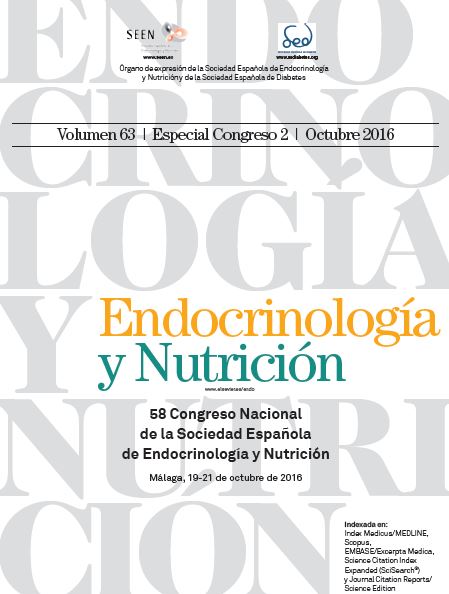172 - ANTIDIABETIC MEDICATION USE AND THE RISK OF FRACTURE AMONGST TYPE 2 DIABETIC PATIENTS: A NESTED CASE-CONTROL STUDY
aEndocrinology Unit. Medicine Department. Hospital Can Misses. Ibiza. España. bDepartment of Endocrinology and Nutrition. University Hospital & Health Sciences Research Institute Germans Trias i Pujol. Badalona. España. cOxford NIHR Musculoskeletal Biomedical Research Unit. Nuffield Department of Orthopaedics. Rheumatology and Musculoskeletal Sciences. University of Oxford. Oxford. OX3 7LD. Reino Unido. dAtención Primaria Barcelona Ciutat. Institut Català de la Salut. Barcelona. España. eInternal Medicine Department. IMIM (Hospital del Mar Research Institute). Universitat Autònoma de Barcelona and RETICEF. Instituto de Salud Carlos III (ISCIII). Barcelona. España.
Introduction: Patients with type 2 diabetes mellitus (T2DM) have an increased risk of fragility fractures. Anti-diabetic oral agents and insulin may also impact on fracture risk. There is however scarce data available on the effect of such therapies combined as usually prescribed in real-life practice conditions.
Objectives: The aim of this study was to compare the risk of fracture among T2DM patients who are users of different antidiabetic treatments.
Methods: A nested case-control study was conducted using incident T2DM patients registered in computerised primary care records in the Sistema d’Informació per al Desenvolupament de la Investigació en Atenció Primària (SIDIAP) between 2006-2012, with follow-up available until end/2013. Each case (incident fractures of the hip, spine, wrist, or proximal humerus in 2006-2013) was risk-set matched with five controls. Study exposure included metformin mono-therapy (reference category), insulin monotherapy, and other antidiabetic medications (alone or in combination) in the 180 days before the index date.
Results: Data on 19,278 T2DM patients (3,220 cases and 16,058 controls) was analysed. Insulin use was associated with increased fracture risk (adjusted OR 1.52 [95%CI 1.17-1.95]), as was the combination of metformin + sulphonylureas (adjusted OR 1.52 [1.24-1.85]). Sulphonylurea monotherapy was borderline significantly associated with increased odds of fracture (adjusted OR 1.36 [0.99-1.71]), whilst no significant association was found with other antidiabetic medications and/or combinations.
Conclusions: Insulin and sulphonylureas use appear to be associated with an increased fracture risk when compared to metformin amongst recently diagnosed T2DM patients. An increased risk of fall/s due to hypoglycaemia episodes or high levels of plasmatic insulinemia are the most likely explanations for such association. Given their impact, risk of fracture should be taken into account in the management of T2DM patients.





